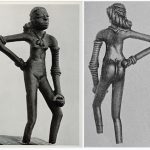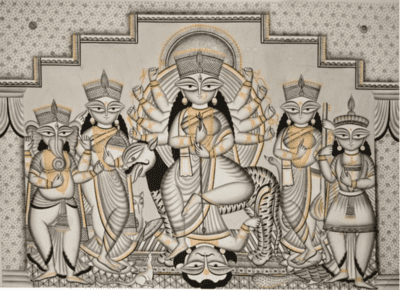
The story behind Kathputli is that a long time ago, a king ordered all the toys in his kingdom to be burned, including the beloved puppets of a group of wandering performers. The statues are believed to have been created around 2000 BC. The statue were made using lost wax casting. In this the mold is made with wax. Which is melted and drained. The molten metal is filled into the core to give the final shape.




